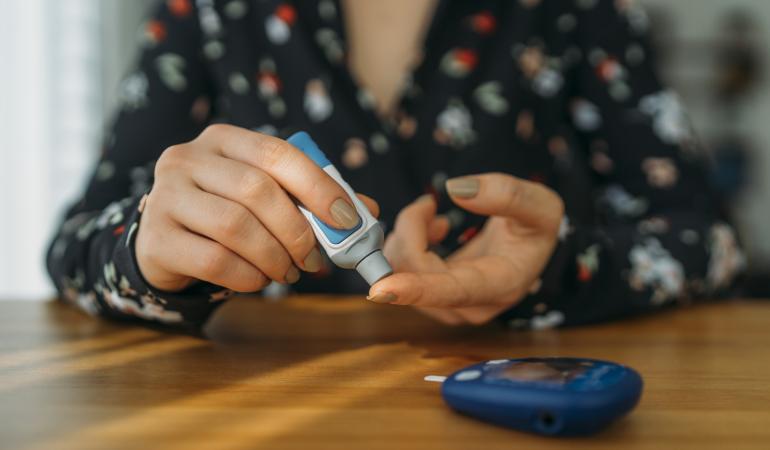
Self-tests allow people to gather health information autonomously, without the involvement of a healthcare professional such as their GP. Among other things, self-tests make it possible for them to test for the presence or likelihood of a condition. A RIVM study has revealed a growing and highly varied range of self-tests available for purchase. However, crucial information on their uptake, impact on consumers and care, and reliability is lacking. Improved registration, information and guidance can help address this.
The study identified a minimum of 161 different types of self-tests available for purchase in the Netherlands in 2022. The range is broad, covering self-tests for Q fever and HIV to assessments for depression, autism, or the risk of cancer. These tests are sold both in bricks-and-mortar shops and online.
Differences in processing, analysis and price
Factors such as whether the self-test is administered by the consumer or a professional, who analyses the results, and whether bodily material is required vary from one test to another. There are also significant differences in terms of their prices, which range from free of charge to over 500 euros. Additionally, a small portion of self-tests is entirely or partially processed abroad. This involves consumers purchasing them through Dutch websites and then travelling abroad for a physical examination or sending samples for analysis.
Reliability is paramount
Certain self-tests, like pregnancy tests or blood pressure monitors, have become commonplace among consumers. Researchers emphasise that the reliability of certain self-tests and their results is an important point for attention, particularly for self-tests related to infections or DNA. In regular healthcare, care providers are involved in choosing a specific test, collecting samples, processing and interpreting the results. Leaving large parts of this process to the consumer can compromise reliability and lead to unclear results.
Scant data on self-test usage and impact
The study also showed that there is very little data on self-test usage. Nevertheless, a survey with over 1,000 Dutch participants by the Netherlands Institute for Health Services Research (Nivel) showed a notable increase from 5% in 2016 to 13% in 2021. It is important to note that the RIVM study excluded self-tests for the coronavirus. The limited information on their usage makes it challenging to gauge the impact of these self-tests on both consumers and the healthcare system.
Careful registration leads to more insightful data
Researchers expect that initiating a registration process for the use of self-tests could prove useful. For example, it could provide clarity on the subsequent steps and the impact of self-tests on users’ health. Existing registration systems used by GPs offer potential solutions, but this would require further evaluation of its effectiveness.
Information on self-tests
It is not yet clear whether the information included with each self-test is sufficiently comprehensive. Properly informing or guiding people can improve the reliability and usefulness of these tests. Consumers seeking independent information on self-tests can explore resources online, such as thuisarts.nl (in Dutch) or the RIVM website (in Dutch), or consult their own GPs. Ongoing development of support and information provision is vital to encourage informed decision-making among consumers, and to allow for the effective use of self-tests to enhance health once proven effective.